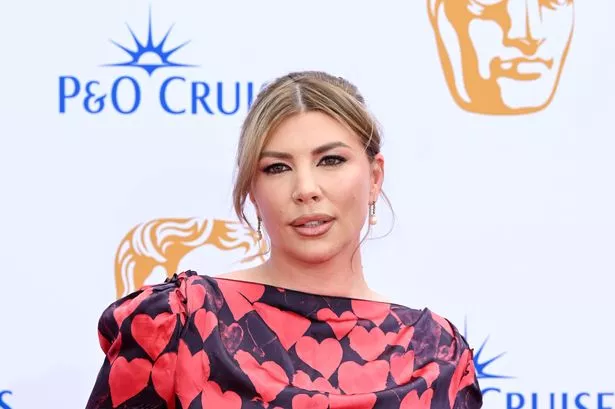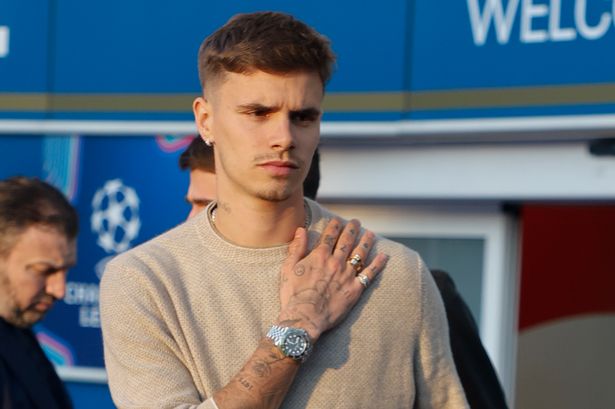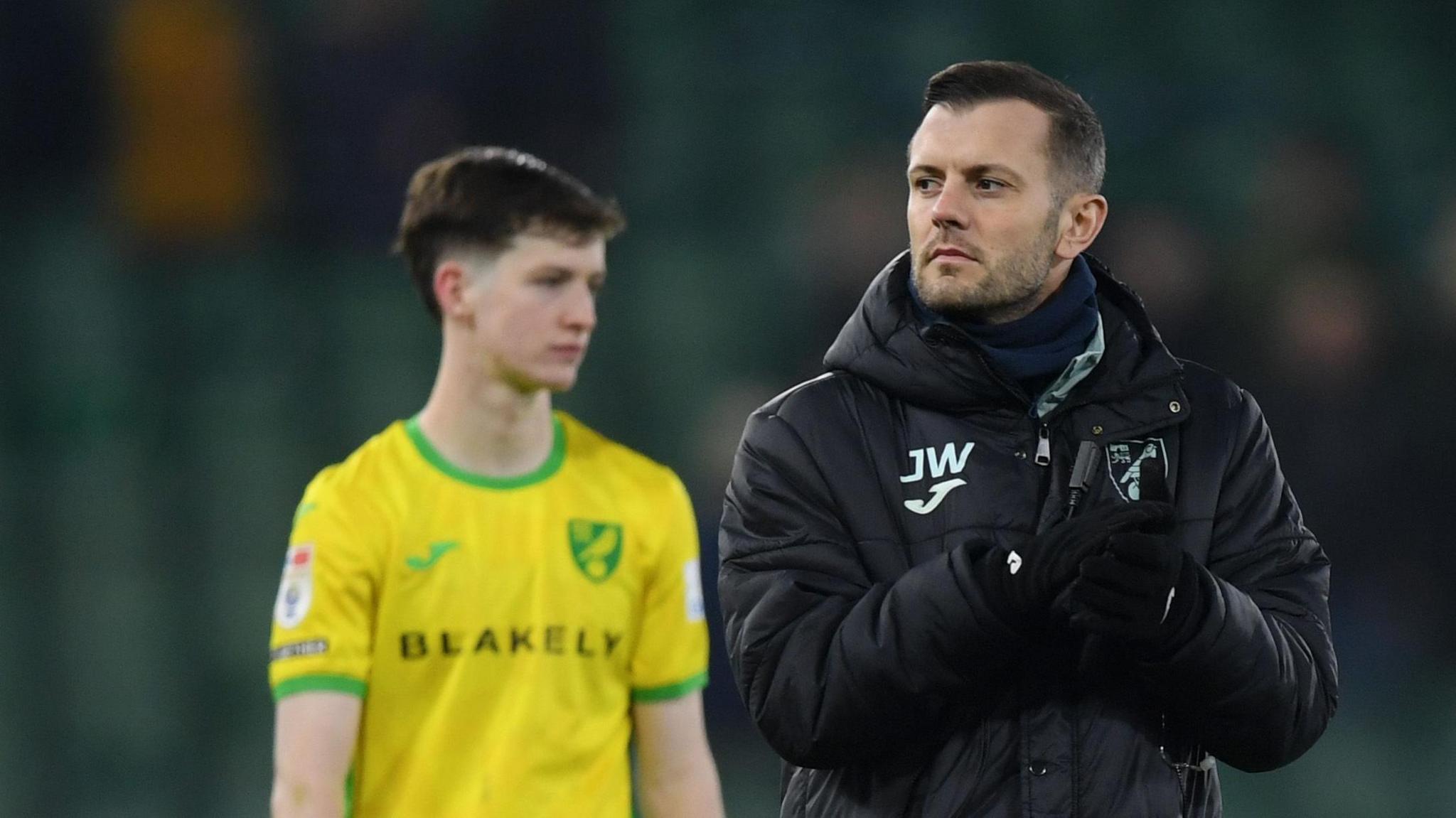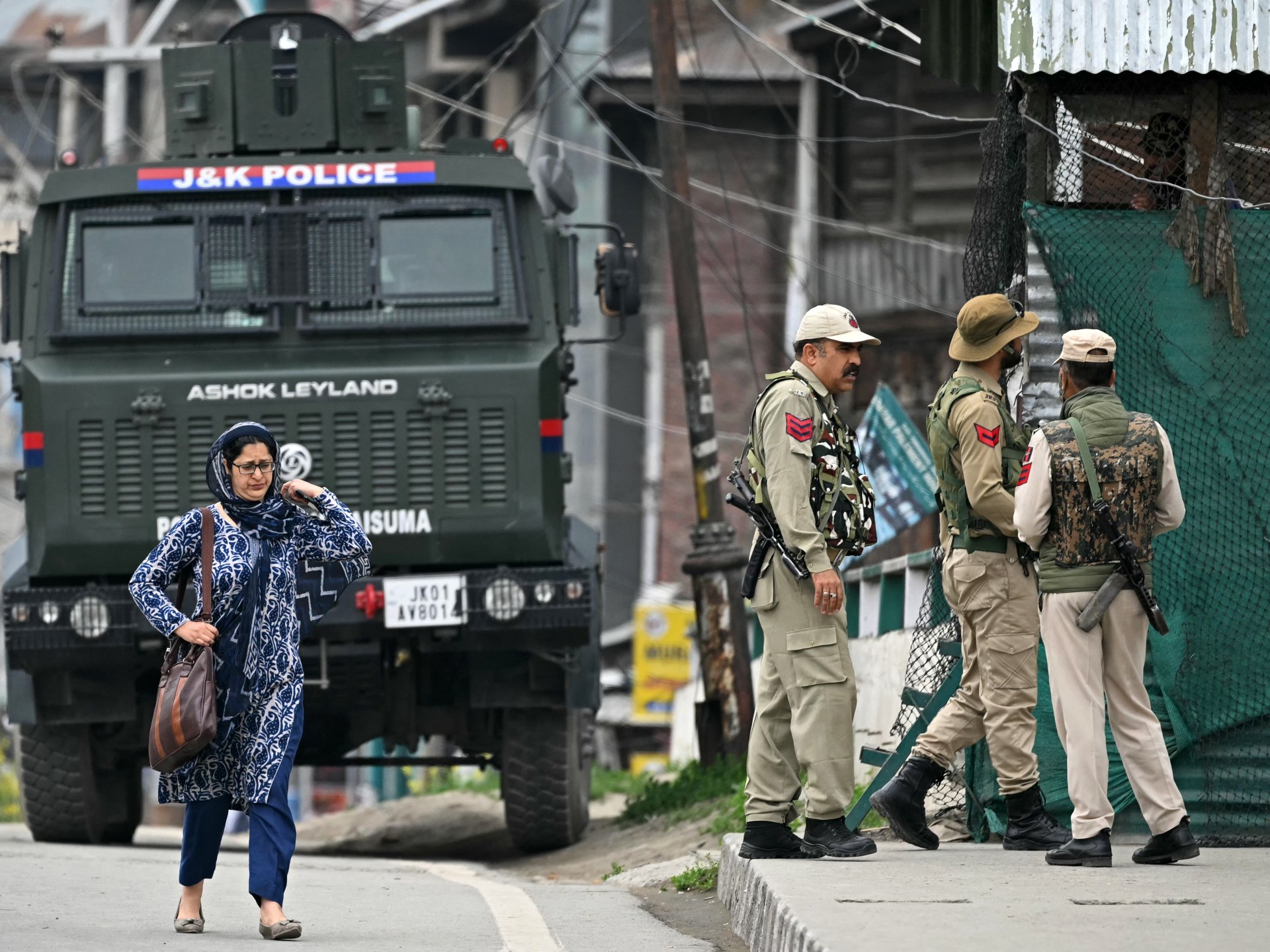India and Pakistan are locked in a rapidly escalating military exchange that threatens to explode into a fully fledged war, triggered by a deadly attack on tourists in Indian-administered Kashmir on April 22 in which 26 civilians were killed, but rooted in decades-old hostilities.
On May 7, India launched a wave of missiles into Pakistan and Pakistan-administered Kashmir, striking at least six cities and killing at least 31 people – including two children – according to Islamabad. Since then, Indian drones have hit major Pakistani cities and military installations, and India has accused Pakistan to launching a barrage of missiles and drones at its cities and military facilities.
Alongside the missiles and drones, the nuclear-armed neighbours have also traded allegations and denials. India says its May 7 missiles only struck “terrorist infrastructure” while Pakistan insists civilians were killed. Pakistan denies that it launched missiles or drones towards India, and both claim to be victims of the other’s aggression.
Yet the origins of this latest crisis between India and Pakistan go back to their very formation as sovereign nation states in their current form. Here is a recap of the state of near-constant tensions between the South Asian neighbours.
1940s-50s: A tale of two countries
The Indian subcontinent was a British colony from 1858 until 1947, when British colonial rule finally ended, splitting the subcontinent into the two countries. The Muslim-majority Pakistan gained its independence on August 14 that year as non-contiguous and culturally distant zones, West Pakistan and East Pakistan. The Hindu-majority but secular India gained its independence on August 15, 1947.
The partition was far from smooth, causing one of the largest and bloodiest human migrations ever seen, displacing about 15 million people. The process also sparked horrific communal violence and riots between Muslims, Hindus and Sikhs across the region, in which between 200,000 and two million people died. Border disputes and separatist movements sprang up in the aftermath.
What stuck out as a major sticking point between the neighbours was the question of where the Muslim-majority Himalayan region, Kashmir, would go. The monarch of Kashmir initially sought independence and the area remained disputed.
In October 1947, the first war over Kashmir broke out when armed Pakistani tribesmen invaded the territory. The monarch of Kashmir asked India for its assistance in driving out the tribesmen. In return, the monarch accepted India’s condition for help – that Kashmir join India.
Fighting continued until 1948, when it ended with Kashmir divided. Pakistan administers the western part of Kashmir, while India administers much of the rest, with China holding two thin slices of Kashmir’s north. India claims all of Kashmir, while Pakistan also claims the part that India holds but not what China, its ally, holds.
1960s: Failed Kashmir talks and the second war
The decade started with a promise of better ties. In 1960, India and Pakistan signed the Indus Waters Treaty, a World Bank-mediated deal under which they agreed to share the waters of the six Indus Basin rivers they both relied – and still rely – on.
The treaty gives India access to the waters of the three eastern rivers: the Ravi, Beas and Sutlej. Pakistan, in turn, gets the waters of the three western rivers: the Indus, Jhelum and Chenab. After the April 22 Pahalgam attack, India has suspended its participation in the treaty but until recently, the deal stood as a shining example, internationally, of a water-sharing pact that survived multiple wars.
One of those wars would take place in the 1960s.
In 1963, the then-foreign minister of India, Swaran Singh and his Pakistani counterpart, Zulfiqar Ali Bhutto, held talks over the disputed territory of Kashmir. These talks were mediated by the United States and the United Kingdom.
While exact details of the discussions were not made public, no agreement was reached. In 1964, Pakistan referred the Kashmir case to the United Nations.
In 1965, the two countries fought the second war over Kashmir after between 26,000 and 33,000 Pakistani soldiers dressed as Kashmiri residents crossed the ceasefire line into Indian-administered Kashmir.
As the war escalated, Indian soldiers crossed the international border into Pakistan’s Lahore. The war ended inconclusively, with a ceasefire. In 1966, Indian Prime Minister Lal Bahadur Shastri and Pakistani President Mohammad Ayub Khan signed an agreement in Tashkent, mediated by the Soviet Union, restoring diplomatic and economic relations.
1970s: Bangladesh and the first step towards a nuclear race
In 1971, East Pakistan and West Pakistan went to war after then-president Zulfikar Ali Bhutto refused to let Sheikh Mujibur Rahman, the leader of the East Pakistan-based Awami League, assume the premiership. This was despite the fact that the Awami League won the majority of seats in Pakistan’s 1970 parliamentary elections.
In March, the Pakistani military began a crackdown in East Pakistan’s Dhaka and in December, the Indian army got involved. The Pakistani army eventually surrendered. East Pakistan became the independent country of Bangladesh.
In 1972, Bhutto and Indian PM Indira Gandhi signed an agreement in the Indian town of Simla, called the Simla Agreement where they agreed to settle any disputes by peaceful means.
The agreement established the Line of Control (LoC) between the two countries, which neither side is to seek to alter unilaterally, and which “shall be respected by both sides without prejudice to the recognised position of either side”.
In 1974, Kashmir’s state government affirmed that it “is a constituent unit of the Union of India,” an accord rejected by Pakistan.
In the same year, India detonated a nuclear device in an operation codenamed “Smiling Buddha”. India deemed the device a “peaceful nuclear explosive”.
1980s: The rebellion in Kashmir
By the early 1980s, Kashmir was back at the centre of India-Pakistan tensions. A separatist movement took root, as popular sentiment started turning against the elected government of Indian-administered Kashmir, which many locals felt was betraying their interests in exchange for close ties with New Delhi.
A tipping point was the 1987 election to the state legislature, which saw the National Conference, a party committed to the Indian Constitution, win amid widespread allegations of heavy rigging to keep out popular, anti-India politicians.
By 1989, a full-blown armed resistance against India had taken shape in Indian-administered Kashmir, seeking secession from India.
New Delhi has consistently accused Islamabad of financing, training and sheltering these armed groups, who India describes as “terrorists”. Pakistan has insisted that it only offers “moral and diplomatic” support to the separatist movement, though many of those groups have bases and headquarters in Pakistan.
1990s: More agreements, nuclear tests and the Kargil conflict
In 1991, both countries signed agreements on providing advance notification of military exercises, manoeuvres and troop movements, as well as on preventing airspace violations and establishing overflight rules.
In 1992, they signed a joint declaration banning the use of chemical weapons.
In 1996, after a series of clashes, military officers from the countries met at the LoC in order to ease tensions.
In 1998, India detonated five nuclear devices. Pakistan responded by detonating six nuclear devices of its own. Both were slapped with sanctions by many nations – but they had become nuclear-armed states.
In the same year, both countries tested long-range missiles.
In 1999, Indian PM Atal Bihari Vajpayee met with Pakistani PM Nawaz Sharif in Lahore. The two signed an agreement called the Lahore Declaration, reaffirming their commitment to the Simla Accord, and agreeing to undertake a number of “confidence building measures” (CBMs).
However, later in the same year, the Pakistani military crossed the LoC, seizing Indian military posts in the Kargil mountains, sparking the Kargil War. Indian troops pushed the Pakistani soldiers back after bloody battles in the snowy heights of the Ladakh region.
2000s: Tensions and the Mumbai attacks
Tensions across the LoC remained high throughout the 2000s.
In December 2001, an armed attack on the Indian parliament in New Delhi killed 14 people. India blamed Pakistan-backed armed groups for the attacks, that led to a face-to-face standoff between Indian and Pakistan militaries along the LoC. That standoff only ended in October 2002, after international mediation.
In 2002, Pakistani President Pervez Musharraf, amid Western pressure following the 9/11 attacks, pledged that Pakistan would combat extremism on its own soil, but affirmed that the country had a right to Kashmir.
In 2003, during a UN General Assembly meeting, Musharraf called for a ceasefire along the LoC, and India and Pakistan came to an agreement to cool tensions and cease hostilities. In 2004, Musharraf held talks with Indian PM Vajpayee.
But in 2007, the Samjhauta Express, the train service linking India and Pakistan, was bombed near Panipat, north of New Delhi. Sixty-eight people were killed, and dozens injured. Hindu extremists were charged by the Indian government at the time, but have subsequently been set free.
In 2008, trade relations began to improve across the LoC and India joined a framework agreement between Turkmenistan, Afghanistan and Pakistan on a $7.6bn gas pipeline project.
However, in November 2008, armed gunmen opened fire on civilians at several sites in Mumbai, India. More than 160 people were killed in the attacks.
Ajmal Kasab, the only attacker captured alive, said the attackers were members of Lashkar-e-Taiba. Kasab was executed by India in 2012. India blamed Pakistani intelligence agencies for the attacks.
In 2009, the Pakistani government conceded that the Mumbai attacks may have been partly planned on Pakistani soil, but denied that the plotters were sanctioned or aided by Pakistan’s intelligence agencies.
2010s: ‘Jugular vein’ and Pulwama
In 2014, Pakistan’s then army chief General Raheel Sharif called Kashmir the “jugular vein” of Pakistan, and that the dispute should be resolved in accordance with the wishes and aspirations of Kashmiris and in line with UN resolutions.
In 2016, armed fighters killed 17 Indian soldiers in Uri, Indian-administered Kashmir. As a response, India carried out what it described as “surgical strikes” against bases of armed groups across the LoC.
In 2019, a suicide bomber killed 40 Indian paramilitary soldiers in Pulwama in Indian-administered Kashmir. Jaish-e-Muhammad claimed the attack.
In the aftermath, the Indian Air Force launched an aerial raid on Balakot in Khyber-Pakhtunkhwa province, claiming it targeted terrorist hideouts and killed several dozen fighters. Pakistan insisted that Indian jets only hit a forested region and did not kill any fighters.
Later in 2019, India revoked Article 370, which granted Kashmir a special, semi-autonomous status and began a crackdown that saw thousands of Kashmiri civilians and politicians arrested, many under anti-terror laws that rights groups have described as draconian.
2020s: Pahalgam and the drones
On April 22 this year, an armed attack on tourists in Pahalgam, in Indian-administered Kashmir, killed 26 men.
An armed group called The Resistance Front (TRF), which demands independence for Kashmir, claimed responsibility for the attack. India alleged that TRF was an offshoot of the Pakistan-based LeT. Islamabad denied allegations of its involvement in the attack and called for a neutral investigation.
On May 7, India launched Operation Sindoor, carrying out missile strikes on multiple targets in Pakistan and Pakistan-administered Kashmir. Pakistani authorities have claimed that at least 31 people were killed in six targeted cities.











